For years, trees have obscured the front of the house, an egregious design flaw, of course, but of little concern to me. Yes, the house is nice enough. Proper design would frame rather than hide it, but if the front was open to view there’s little doubt that I’d plant something there tomorrow. Such is the obsession with plants that is quite apparent through this acre and a quarter.
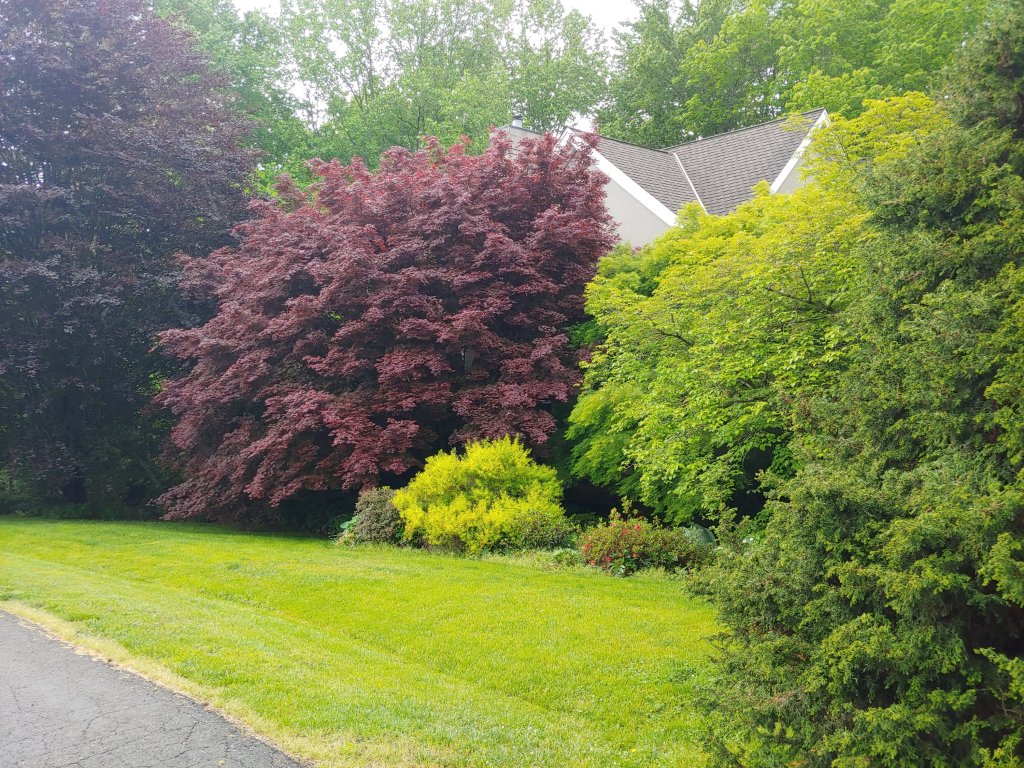
Overgrown is done best here, and somehow the pieces fit together so that the garden doesn’t appear to be a jumbled mess. At least to my eye, and I should add, my wife is most critical of my efforts to jam the garden, but in rare moments even she confesses her happiness with it.
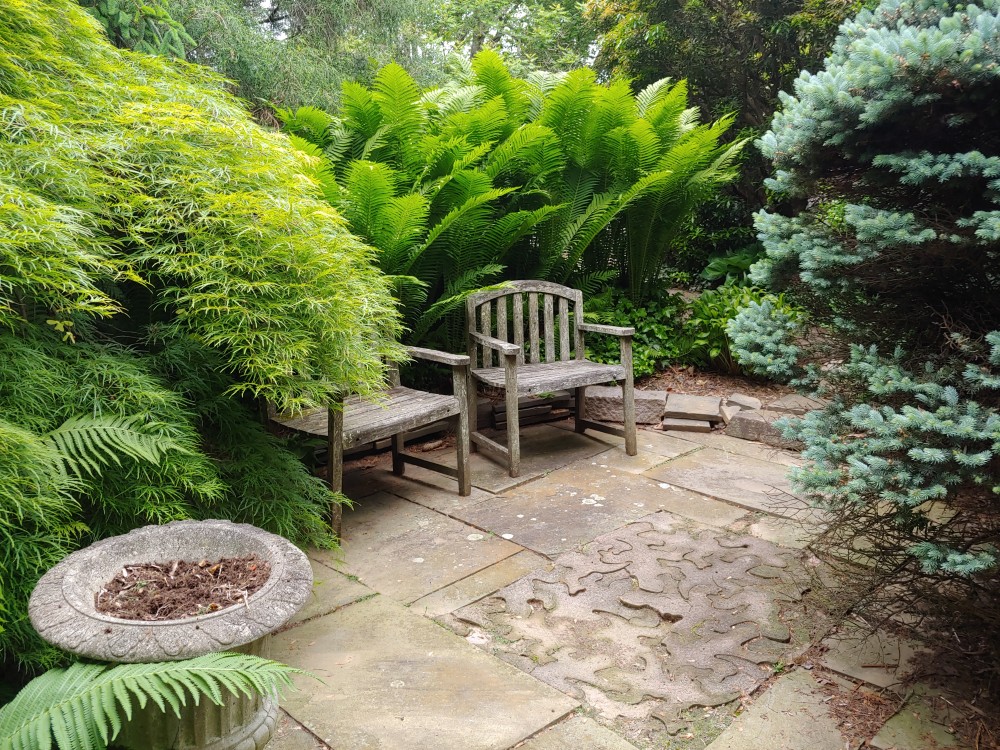
In mid May I have reached a rare lull in planting, though an order of oddballs is in transit from Oregon. These are easily shoehorned into shaded areas, though I must take care to follow up to edit mistakes that are planted when plants are dormant. A thick clump of an unusual sacred lily (Rohdea japonica) was recently discovered beneath a wide spreading hosta. Certainly, I knew the hosta was there, but I miscalculated its spread, and this rohdea is a bit shorter than others that could have grown up through the edge of the hosta. Fortunately, I caught it, and I immediately plucked it out of the ground so I wouldn’t forget about it. That does happen, more than occasionally.
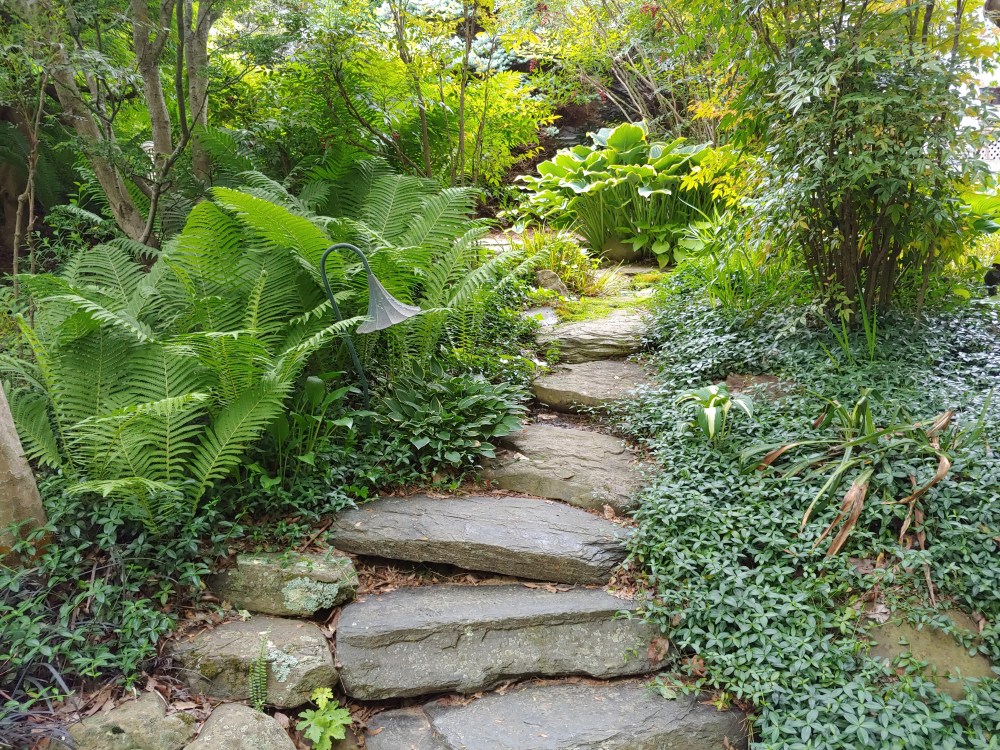
Several of the stone paths have become treacherous, not so much to me since I know where to be cautious, but visitors must be warned to watch their step first, and plants second. Roots and general disregard for path maintenance have made many stones wobble, and if visitors were more regular I suppose I’d have no other choice but to pay more attention.
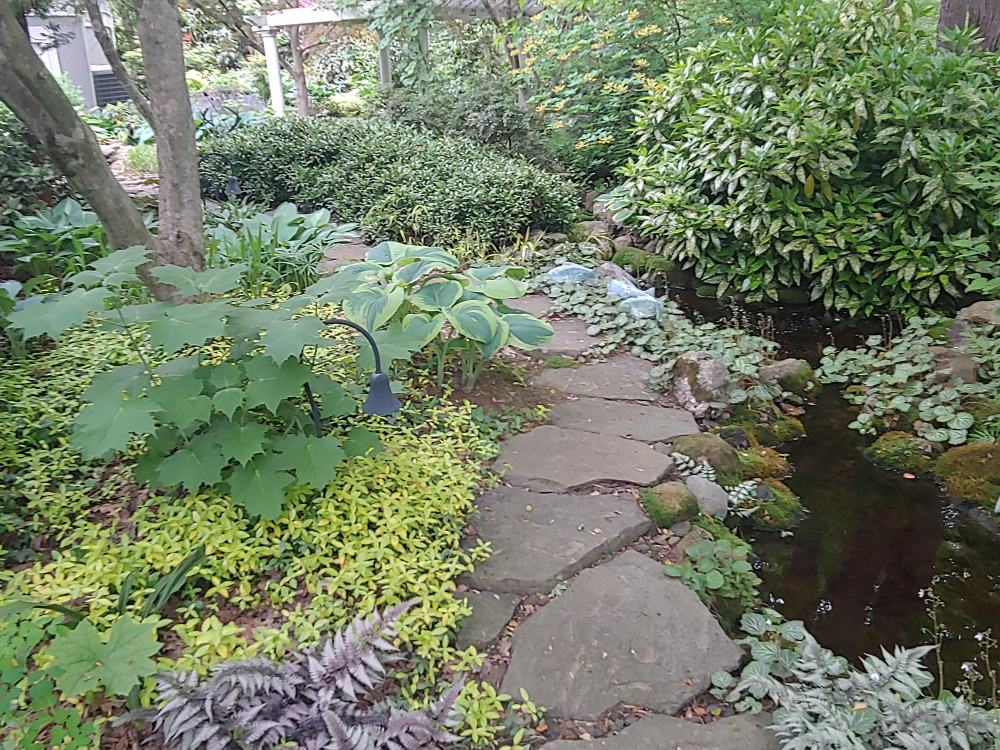
The last remaining low hanging branch of the bigleaf magnolia (Magnolia macrophylla) has died, as expected, as it has become more shaded. In an open field all branches might survive, but the side garden is far from open and one after another the lower branches have passed on. While predictable, the loss of this branch is a shame since the huge leaves and flowers will now only be seen from a distance.

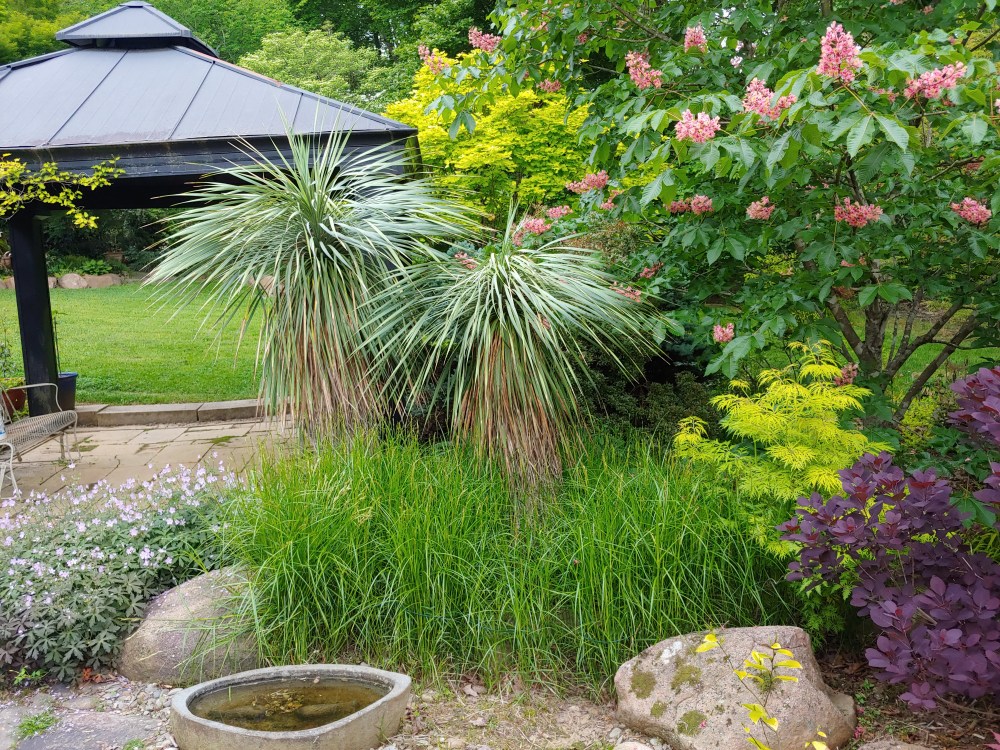
I notice the same problem with a hybrid dogwood, ‘Stellar Pink’ (below) that lost its last low branch last year. Still, one branch can be pulled down if I hop and grab to photograph the flowers. I don’t know if this branch will survive the long haul, but I am quite certain my days of hopping are limited.

Hi. Thanks for your lovely photos and chats about your garden. It is so nice, and I love the crowded natural effect. I do suggest that you incorporate some plants for wildlife. You’ll help the birds bees and butterflies and contribute to their ecosystem if you offer nectar, pollen, berries, and shelter by using native trees and shrubs as well as perennials. The very best thing you could do is plant two
White oaks out in your front yards to support generations of 500 species over the next 100+ years! Japanese maples are part of an ecosystem in Asia.
There are many native trees, shrubs and perennials in the garden, but most importantly, no pesticides are sprayed which is of far greater importance than the use of native plants since wildlife and many pollinators make use of plants regardless of their origin. Th garden borders a native forest, and between this and the garden the noise from chirping birds is enough to drown out conversation. With many trees and shrubs for food and shelter, and five ponds there is abundant wildlife in this garden.
Looking beautiful! Thanks